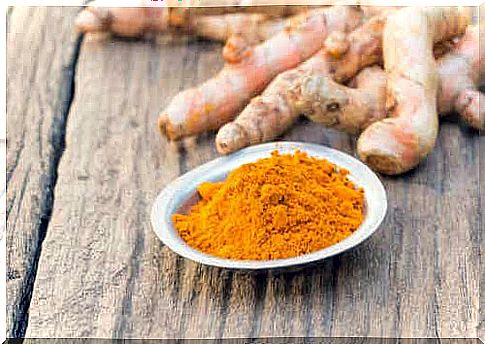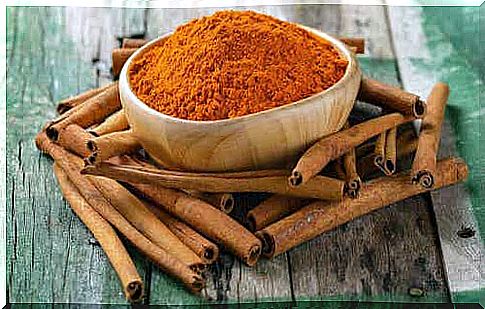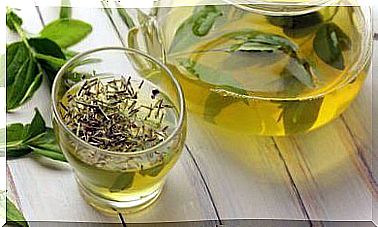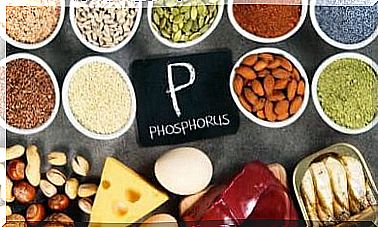4 Science-backed Spice-based Remedies

Most of us know spices for their culinary and medicinal uses. However, did you know that in addition to culinary applications, there are also scientifically based, spice-based remedies? Read on quick!
Since spices add flavor and aroma to food, we tend to use them in cooking meats, vegetables and stews, as well as in a wide variety of other recipes.
In addition, people traditionally prepare spice medicines to combat certain pains and diseases. But how much truth is there in the belief in these medicinal properties? What do the studies teach us?
Fortunately, specialists have conducted many studies in recent years to analyze the effects of these types of ingredients on our health. Many of the benefits people attribute to spices are now scientifically supported. So let’s find out what these spice-based remedies are!
Science-backed spice-based remedies
Most spice-based remedies come from popular literature and anecdotal evidence that tells of the benefits. Hoping to determine whether spices actually have an effect, many researchers have spent their time studying these properties.
For example, a review published in the journal Critical Reviews in Food Science and Nutrition points out that the spices containing chemical compounds have a potential therapeutic effect. Think of materials such as:
- phenylpropanoids
- terpenes
- flavonoids
- anthocyanins
In addition, many people claim that certain spices also have antioxidant, analgesic, anti-inflammatory and antimicrobial activity. This could explain their ability to improve our health. Nevertheless, we must not forget that no drug of this kind is a first-line therapeutic option or a substitute for medical treatment.
We can say that due to their specific properties, spices can have a positive effect when we are confronted with certain health problems. Since they are not exempt from potentially causing side effects, you should use them with caution and consult a doctor beforehand. Let’s see what these 4 remedies are.
4 spice-based remedies
1. Turmeric for Pain and Inflammation

Turmeric has tremendous anti-inflammatory power.
In recent years, turmeric has become one of the most studied spices with therapeutic potential. Specifically, we can use it to prepare spice-based remedies for pain and inflammation. The evidence for this appears from a pilot study published in Phytotherapy Research . People with arthritis reported that their pain had decreased after taking 500 mg of turmeric.
Other studies, such as this one, published in the journal Foods, support the same effects and suggest that it may be as effective for pain as ibuprofen when it comes to osteoarthritis pain in the knees. However, further research is needed.
We can consume this spice in dosages of 2 to 5 grams. It can be taken as a tablet, extract or tea. You can even prepare it the more traditional way as “turmeric milk,” adding half a tablespoon of turmeric powder to a cup of warm milk.
2. Ginger for Pain and Nausea
Specialists have studied the active component in ginger, gingerol, for its potential as a pain reliever, antioxidant, and anti-inflammatory. A systematic review published in Nutrition Journal highlights that ginger extracts are helpful for reducing chronic subjective pain without the risks of non-steroidal anti-inflammatory drugs (NSAIDs).
In turn, a study published in Integrative Medicine Insights found that this spice may be a remedy with its antiemetic potential.
It is an inexpensive option that can help control nausea and vomiting. However, more studies are needed to determine the correct dosage.
For now, you can use it in moderate amounts. Simply add a teaspoon of grated ginger to a cup of water. If you like, you can add a little honey to sweeten the drink, or lemon juice to add a citrus flavor. You can drink this spice based remedy 2 or 3 times a day.
3. Cinnamon To Lower Blood Sugarspiegel

Using cinnamon to control your glucose levels is a therapeutic option, if and when you combine it with appropriate medication prescribed by a doctor.
Be careful with this remedy! Before trying this natural spice-based remedy, it’s important to keep any medical recommendations in mind and seek advice from your doctor.
While some studies suggest that cinnamon is beneficial when it comes to regulating glucose levels, don’t take it in excessive amounts or use it as a substitute for medications you’re taking to control your blood sugar.
Even if you are undergoing other medical treatment, it is better to consult your doctor to avoid interactions. That said, let’s take a look at what the studies say. Cinnamon contains a substance called cinnamaldehyde. This is the ingredient that specialists say gives cinnamon its properties.
- Another study, published in the Journal of Diabetes Science and Technology, highlights that cinnamon contributes to increasing the body’s sensitivity to insulin and glucose transport.
- It also improves glucose levels in healthy subjects and has beneficial effects on patients with metabolic syndrome.
- In addition, a publication in the medical journal Diabetes, Obesity and Metabolism notes that studies have shown that this spice can lower fasting blood sugar levels between 10 and 29% in diabetic patients.
The recommended dose varies between 1 and 6 grams per day. You can include cinnamon in your diet as an infusion, a shake, or otherwise. What is important is that you do not consume it too much.
4. Cayenne Pepper For Pain
Of all the many spice-based remedies out there, those made with cayenne pepper are among the most widely accepted options. Today, even many manufacturers use extracts of this spice in the manufacture of pharmaceutical products. This is due to the content of the active ingredient known as capsaicin. This has both analgesic and anti-inflammatory effects.
A review published in the journal Molecules shows that studies have confirmed that capsaicin is helpful when it comes to relieving pain. In particular, it has modest but beneficial effects in various pain syndromes such as:
- postherpetic neuralgia
- diabetic neuropathy
- chronic musculoskeletal pain
To take advantage of these properties, you can buy special patches containing 8% capsaicin with a prescription. In addition, it is also available in extracts and supplements. In any case, always consult a doctor first.
If you like, you can also make a homemade remedy using cayenne pepper. To do this, you need to mix a tablespoon of cayenne pepper with a cup of coconut oil (200 grams). Then heat this in a water bath (au bain marie) until the ingredients are well mixed. Let it rest for a while and then apply it locally to the painful areas.
Conclusion
Thanks to the studies that specialists have conducted in recent years, we can now benefit from spice-based remedies with complete confidence. However, you must remember that these spice-based remedies are not intended to replace medical treatment.
We must be clear and emphasize that they cannot replace medical treatment and are only an aid in a number of conditions. For safe use, the attending physician should always be consulted to learn more about the possible contraindications, side effects and interactions.









